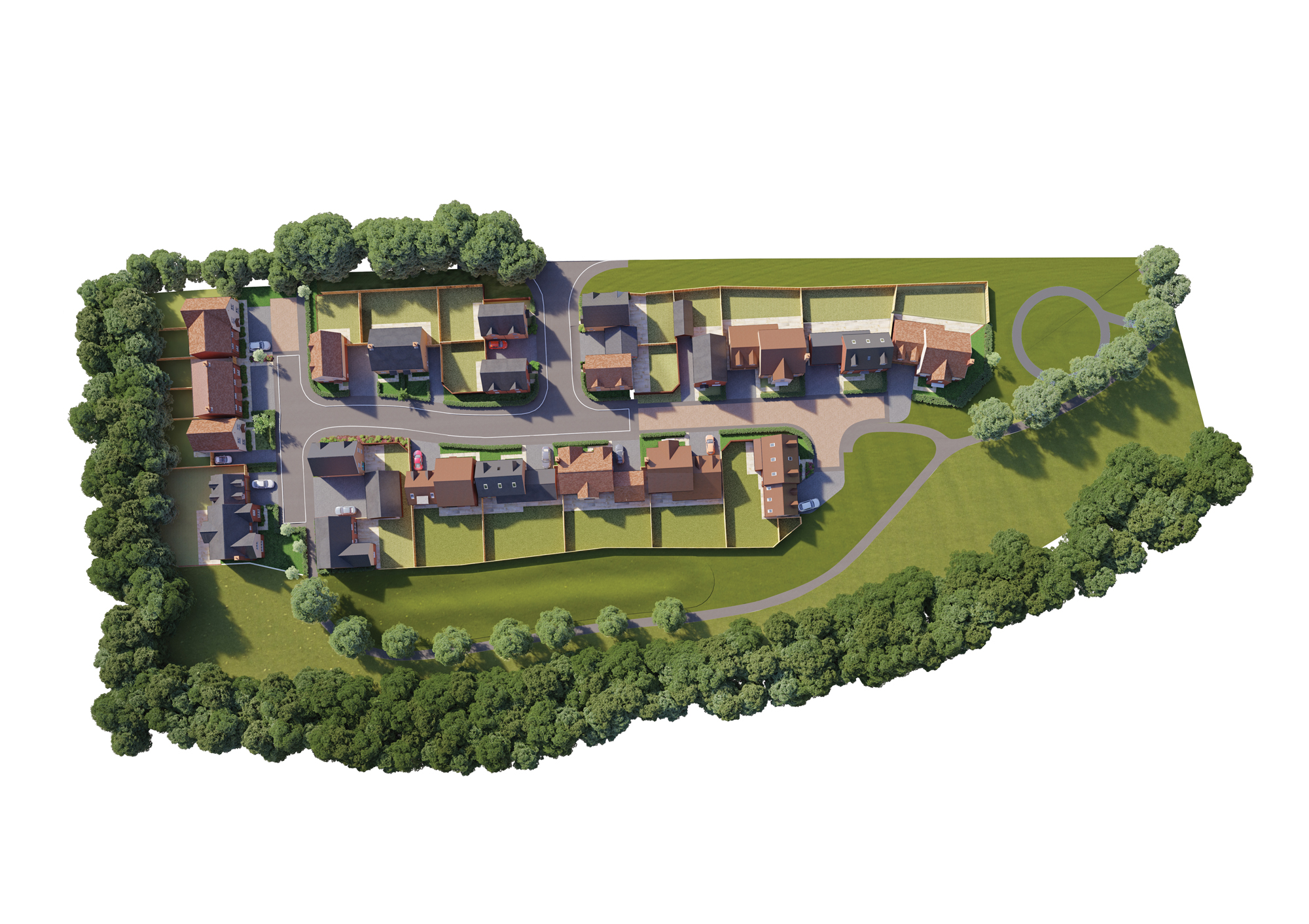
Many housing associations and local authorities are looking to joint venture models to help them produce a larger scale delivery of affordable homes — desperately needed to address the housing crisis. At Homes 2017, Vanessa Dockerill, Executive Director of Development at Aldwyck Housing Group and Tim Carpenter, Managing Director at Mears discussed how the two organisations have come together to produce fruitful projects. LABM’s Sophie Taylor shares the details of this venture.
Mears is a contractor and developer, which works to deliver mixed-tenure communities for housing associations and councils. On the other hand, Aldwyck Housing Group provides over 11,000 homes and offers housing management services to around 25,000 people across a variety of tenures. The two organisations have embarked on a joint venture partnership in order to increase their scale of delivery of mixed-tenure communities.
Why partner?
There are a variety of factors that led to the partnership between Mears and Aldwyck. Firstly, the two organisations had worked successfully on traditionally procured contracting projects, and wanted to work in similar areas on similar sized projects. Secondly, they had a compatible skills base and were financially/commercially strong. The joint venture approach also allowed their investment budgets to go further, and offered shared risks.

The first project
The first project that Aldwyck and Mears partnered on was in Cambridge Road, Puckeridge. Mears identified the site and put together the initial development appraisal. The two organisations then agreed to put in a joint bid for the site, using the Development Agreement format that Mears had used with another RP. Although they weren’t the highest bidder, the simplicity of the Development Agreement meant that they could move quickly and within two weeks they were the preferred bidder. The site was acquired six weeks after putting in the initial offer, and together they produced 24 units.
The structure of the first joint development was a ‘land loan model’:
- Aldwyck purchased land and Mears invested in all the construction costs.
- The sales and build risk remained with Mears.
- The Development Agreement avoided the need for an SPV or more complex arrangement.
- Aldwyck were repaid from the affordable units and a proportion of each sales unit.
- The long-stop date gave Aldwyck a finite repayment window.
A new shared risk model
For their following ventures, Aldwyck and Mears decided to move to a shared risk model, which involves joint bid submissions. Usually, Aldwyck has already acquired the site, and Mears are still funding the work in progress and running the build. However, in this model, Aldwyck and Mears are jointly taking charge of sales and sharing the proceeds. This requires total transparency of cost reporting for both parties, and a ‘project-first’ mentality. The advantage of this model is that the shared risk results in shared profit.
Challenges
The joint venture partnership comes with its own challenges. Staff from both organisations often have to work on both contracting and JV projects, which can be difficult. Additionally, it is essential for both parties to have shared drivers and trust between them. This is aided by training staff for open book accounting, agreeing on a marketing strategy, having both sales teams working collaboratively, and having regular strategic review meetings.
The joint venture partnership currently has a shared pipeline of six projects providing 161 affordable units. Combined investment to date is around £75m.








